EcoFlow Delta it’s a power station portatilethat is an electrical station that allows you to power a multitude of different devices even when you are not connected to the home system.
And this already brings with it a lot of questions: when should I use it? What could it help me for? And what distinguishes this specific model from other similar products?
We answer all of these questions in our EcoFlow Delta review.
Portable power stations: what are they for?
The alarm sounds.
Reach out, take your smartphone, postpone the alarm for a few minutes and check the time.
You have no desire to get up but deep down you know that it is essential. Wait for the second alarm and then reluctantly slip out of bed.
Before you get up and go to the bathroom, pick up the phone. The battery is 100% and your smartphone is ready to take on the day.
But until when?
The question is absolutely legitimate. In fact, in recent years smartphones have evolved, they have become smarter, more performing, even more elegant. We have seen the birth of leaflets, the evolution of the photographic sector, the annual update of operating systems. But the battery… well, those stayed the same. Manufacturers do what they can to optimize consumption, choosing the right hardware and studying the software thoroughly, but, to date, the average autonomy is one day. Which means charging the smartphone every night.
The terminals, however, age, the battery begins to perform less and so you find yourself at 16:00 with a measly 10%, aware that the day is not over yet.
It is for this reason that today, in 2022, most people have a power bank. A small portable battery that can give a boost of energy to our devices even when we are away from home or out of the office, far from a classic power outlet.
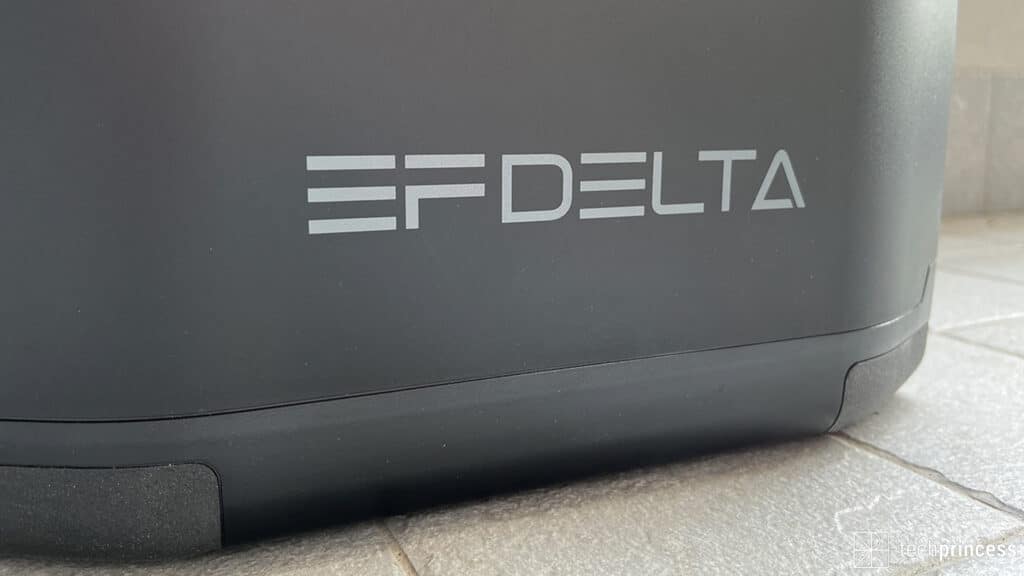
What does all this have to do with una power station? Well, because basically you can imagine portable charging stations as large power bankswhich deliver much more power and allow you to power or recharge multiple devices at the same time.
Portability is obviously not that of a power bank since weight and dimensions are much more important. You can, however, upload it its a car, a van or a camper and take it with you. Or you can keep it in home and use it for your party in the garden. Or, again, you can keep it in a corner and use it in emergency situations, when you are without power.
For example, we have tried to use it at home, to recharge smartphones, tablets and PCs but also to power some small household appliances, such as a hairdryer and a kettle. And then we took the EcoFlow Delta outdoors for our test drives to make sure we had all the energy needed for our video equipment.
All this to tell you that a power station can be tremendously useful and that the possible use cases are really many, both for those who are often away from home and for those who decide to keep it at home or in a small office, as an energy reserve in case of emergency.
The EcoFlow Delta review
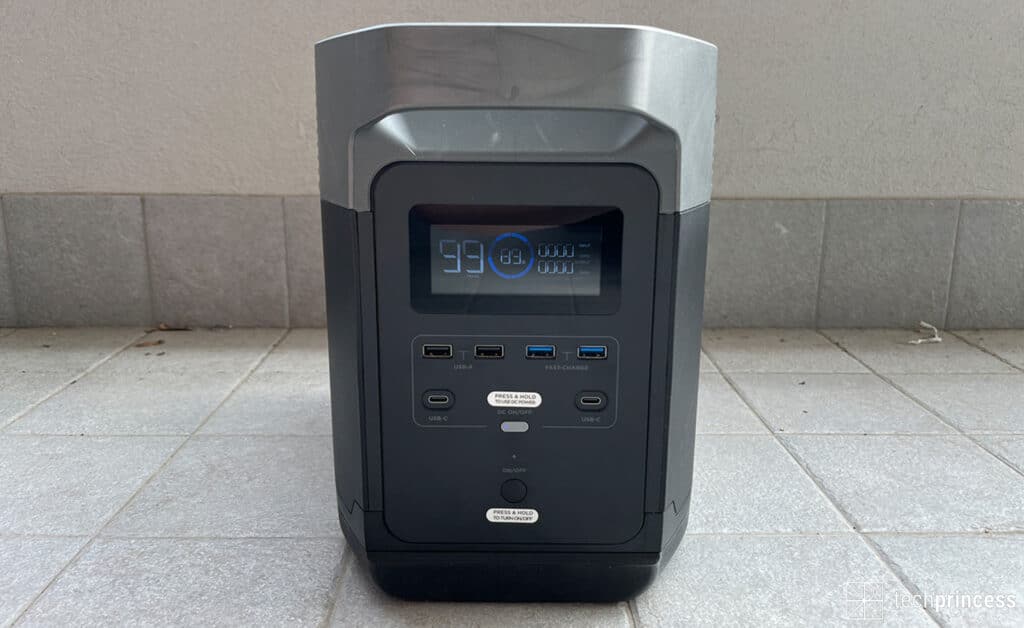
EcoFlow Delta is a portable power station. But how portable?
We are facing a product with a length of 40cm, a width of 21cm and a height of 27cm. The space occupied therefore is not very much, which allows you to find it a place both at home and inside cars, vans, campers and vans.
But pay attention to the weight: 17,5 kg. It’s not exactly a feather but you can use its two handles to carry it from side to side.
The body is a mix of plastic and aluminum, with a very high build quality. EcoFlow Delta really seems ready for anything.
On one of the short sides we find un display LED which allows you to monitor the battery status and consumption; just below you will find 4 prese USB (2 of which support fast charging), 2 USB-C . entered e two keys, one to activate the ports just mentioned and one that allows you to turn on the power station.
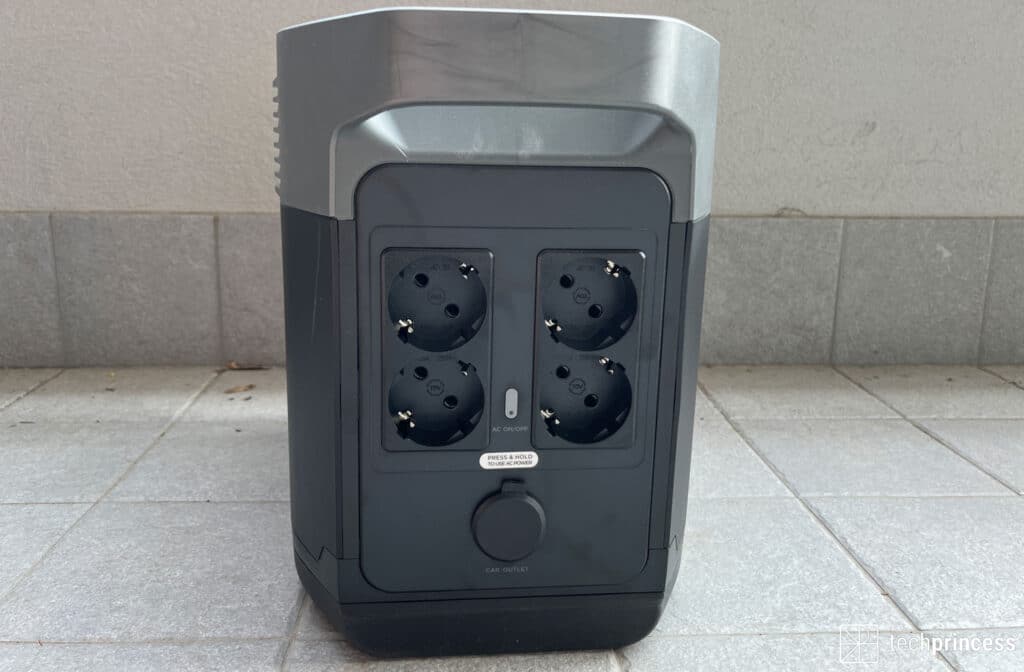
On the other short side we find instead 4 classic European holds and a socket compatible with the car 12V cigarette lighter. This obviously does not mean that you necessarily have to recharge EcoFlow Delta in the car, don’t worry. It is simply one of the options. The other two are found on one of the two long sides: we have an input for the classic power supplywhich allows you to recharge this maxi-battery by connecting it to the home socket, and a solar door MC4, which allows you to combine a solar panel with EcoFlow Delta.
Charging via cigarette lighter and solar panel is predictably slow while using the traditional input you can go from 0 to 80% in an hour.
Finally, we would like to point out that for all three types of recharging you will find the appropriate cables already inside the package, all 1.5 meters long.
How does it work?
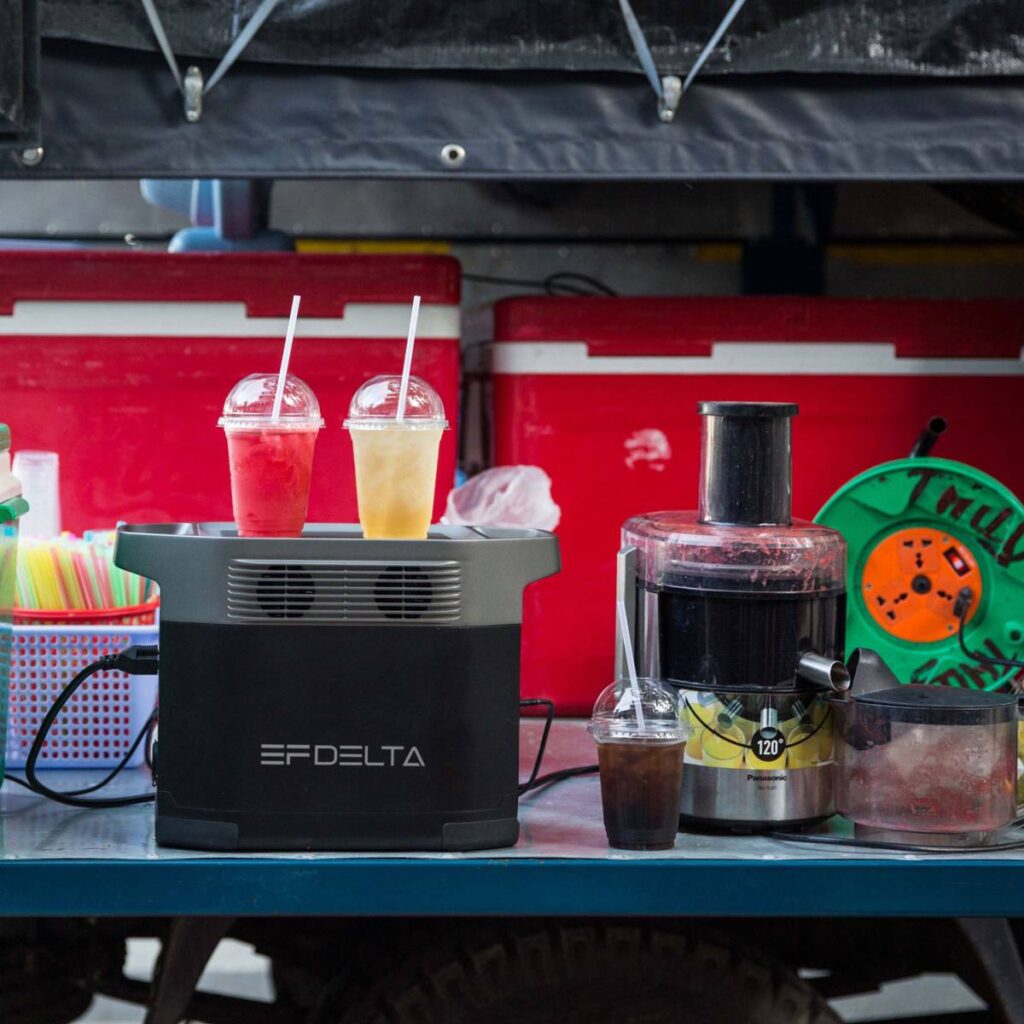
This power station is meant to be simple and intuitive. There is nothing complicated. Indeed, all you have to do is turn it on, connect the various devices, press the keys that actually start the energy flow – you have one under the USB sockets and one in the middle of the schuko – and then let Delta do its job.
You can then use the LED display to check the battery status, so as to know when you are about to run out of the energy available to you, and to know how much power you are delivering at that moment.
But what can you actually associate with this portable battery? Mainly electronic devices and small household appliances. We have tried with smartphones, tablets, laptops, ebook readers, headphones, cameras, stabilizers, kettles, blenders, toasters … It really works with a lot of different products, with a maximum output of 1800W. The capacity, on the other hand, is 1300 Wh.
EcoFlow Delta review: what we liked
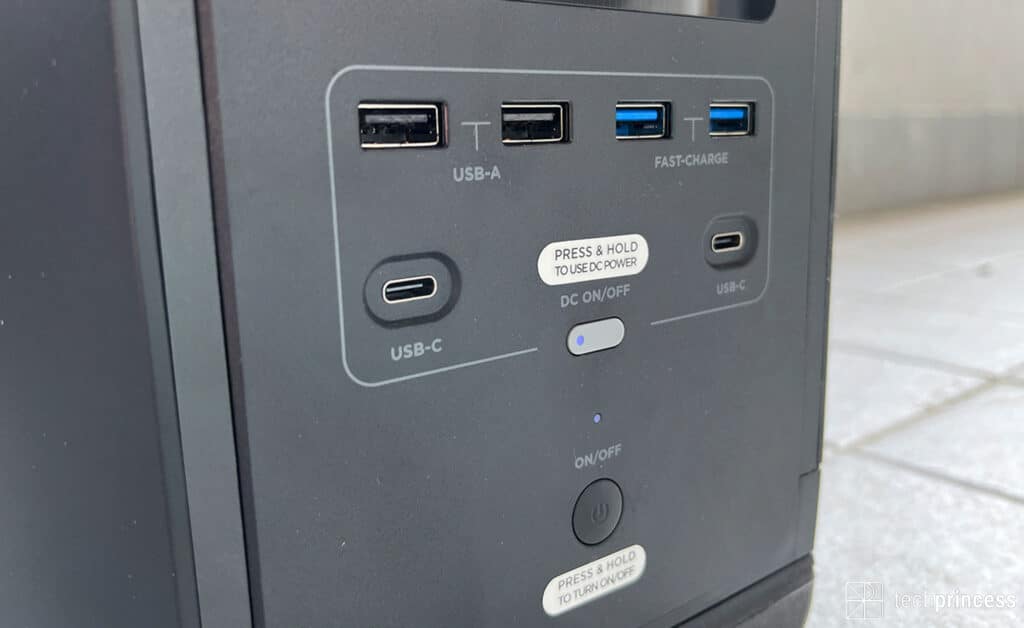
Now that you understand what EcoFlow Delta is for and how it works, let’s try to understand its strengths.
The first is undoubtedly the variety of doors present, with USB ports that lend themselves well to charging your electronic devices, thus leaving traditional plugs free.
This mix of schuko and USB makes the power station really suitable for a great variety of usesfrom home to professional use, through to those who want to use it as a battery (single or additional) when camping.
We also enjoyed the build quality by Delta. No creaking, no scratching and no damage even after many moves.
Charging is then very fast. In just over an hour Delta will be ready to face even the most demanding days. Or even a whole week, depending on the use you decide to make of it.
Finally, we must consider the ecological component. Compared to other types of generators in fact it is more sustainable, not to mention that you can associate it with a solar panel to recharge it with clean energy. But be careful: to get to 100% it will take an average of 20 hours with two 110 W panels. So ecological but not very fast.
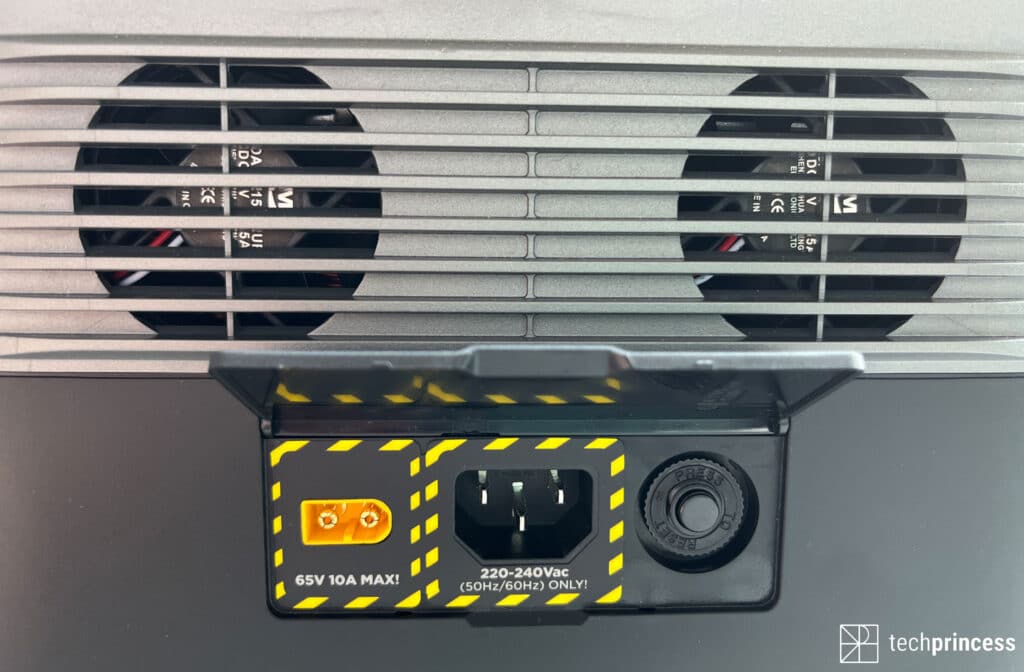
What hasn’t completely convinced us
EcoFlow Delta is a portable power station. And we have widely specified that weight and dimensions are very different from those of a power bank. That said, there are somewhat lighter power stations on the market. 17.5 kg is not a small amount to carry.
The second aspect to consider is the noise.
When you plug in the USB and USB-C cables the Delta is super quiet. You don’t even notice its existence. The use of the schuko sockets instead will lead to the start of the fans, as well as the recharge of the station itself; in this case you will have to deal with some noise. Nothing terribly annoying but this is also an aspect that we suggest you consider before purchasing.
The EcoFlow Delta review: conclusions
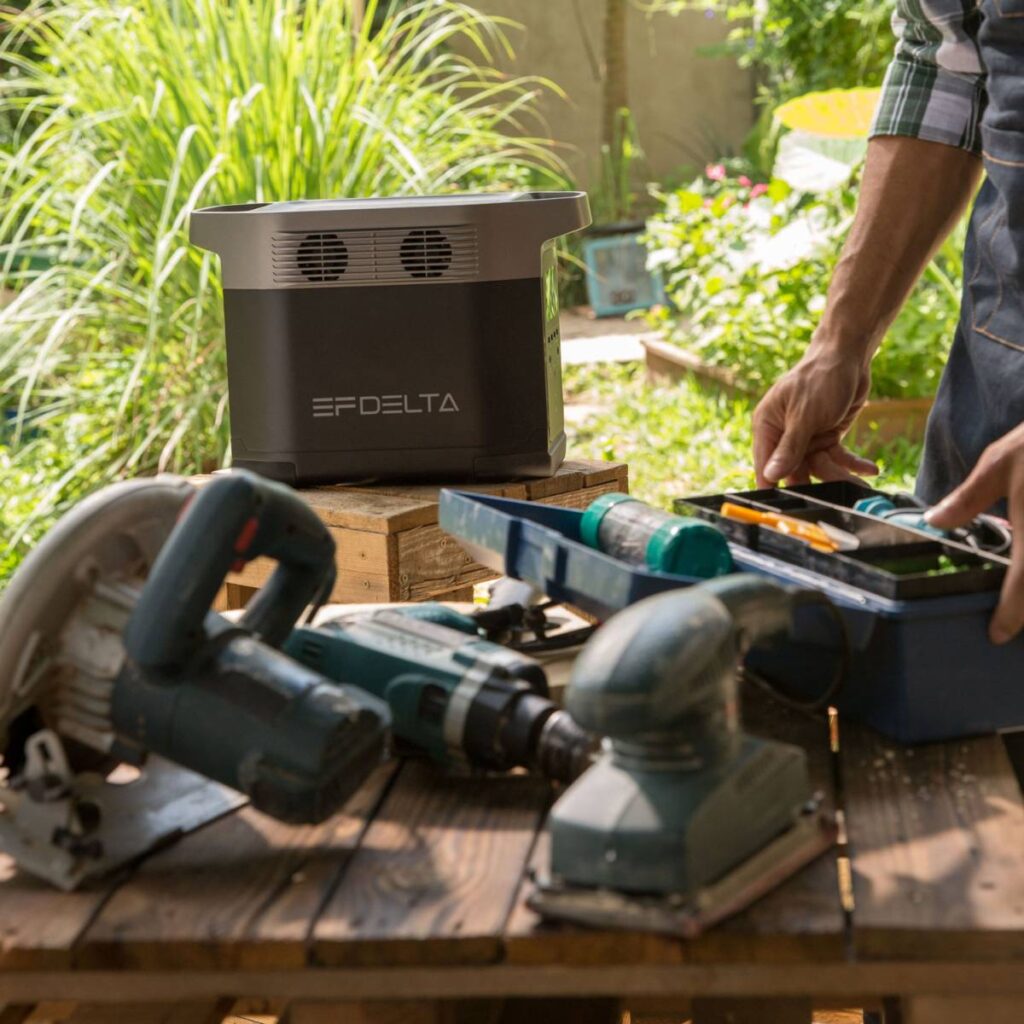
EcoFlow Delta is for sale at 1.449 € that no, there are not a few. It is obviously not a product for everyone but it is a charging station that it can be very useful in a flood of circumstances, with the company guaranteeing 800 charge cycles before starting to lose capacity. Potentially then it could really keep you company for years.
PRO
- Excellent build quality
- Ease of use
- Many doors available
- More charging options
- It also powers small appliances
VERSUS
- 17.5 kg is not very little
- The fan is not particularly quiet






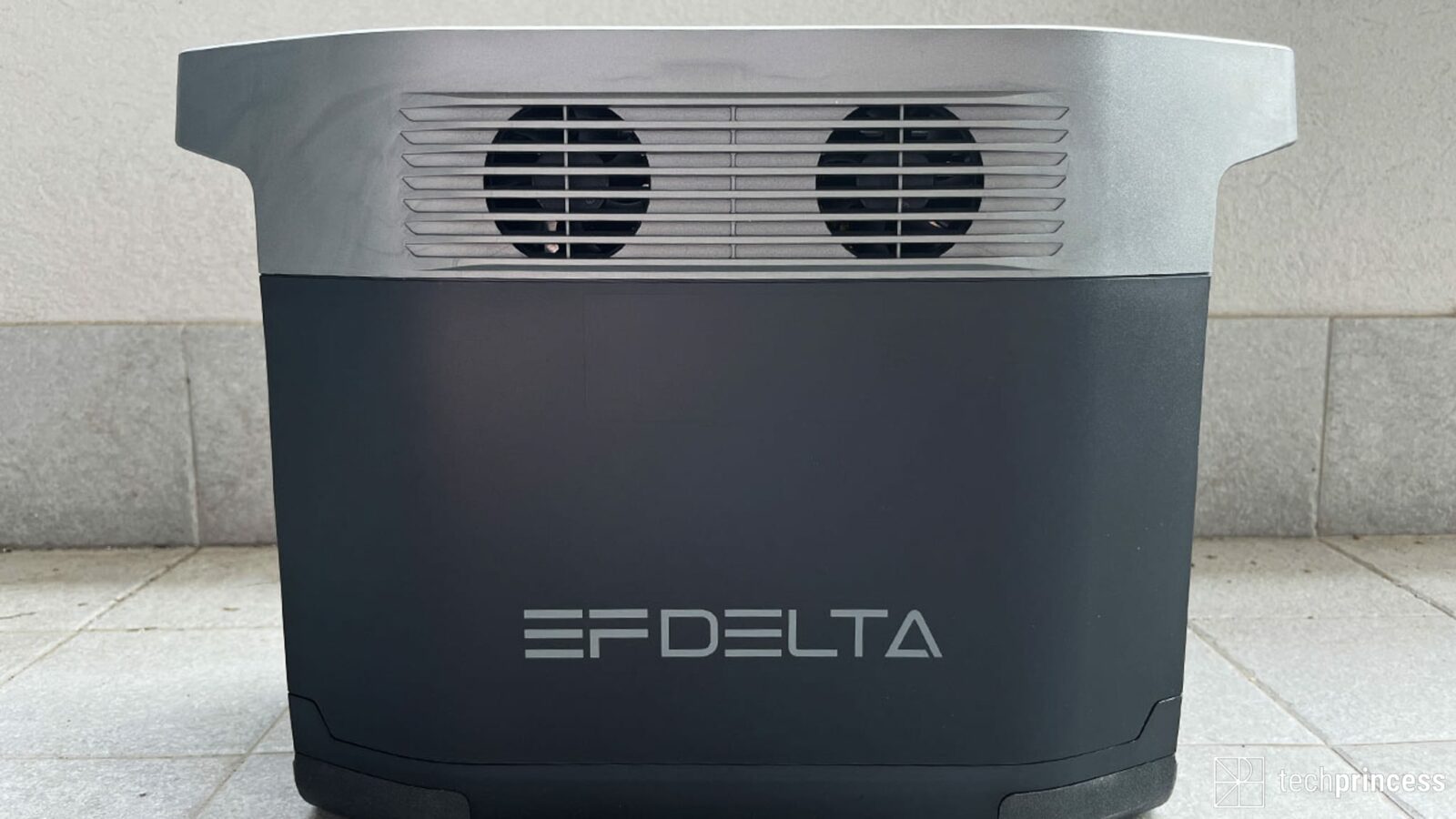








Leave a Reply
View Comments